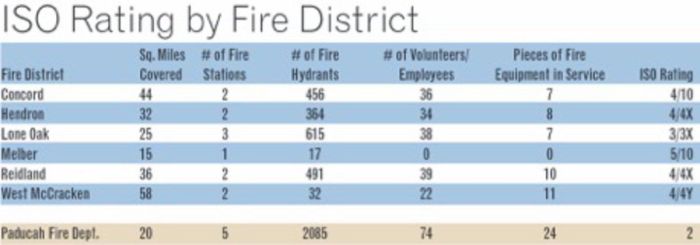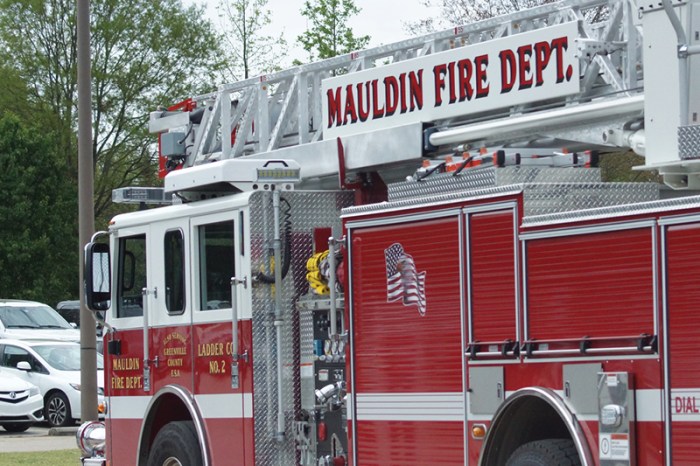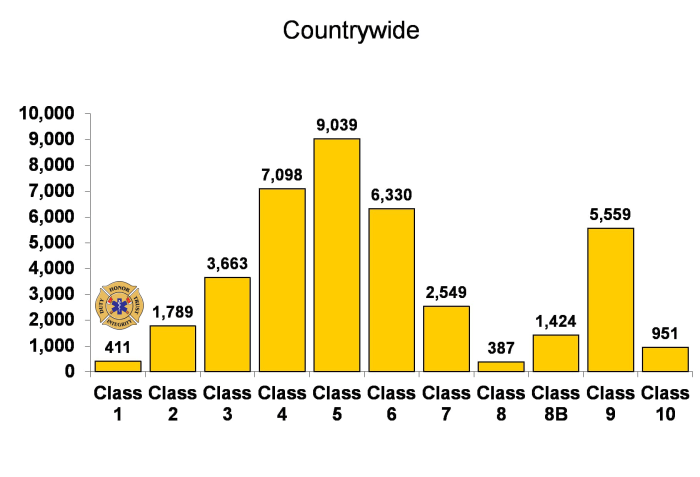The ISO fire suppression rating schedule is a critical tool for assessing fire risk and ensuring the effectiveness of fire suppression systems. This comprehensive guide provides a detailed overview of the components, interpretation, and applications of ISO fire suppression rating schedules, empowering readers with the knowledge to make informed decisions about fire safety.
ISO fire suppression rating schedules are essential for insurance underwriting, fire safety planning, and emergency response planning. By understanding the significance of different ratings and the limitations of these schedules, individuals and organizations can leverage this valuable information to mitigate fire risk and protect lives and property.
1. Introduction: Iso Fire Suppression Rating Schedule

ISO fire suppression rating schedules are standardized systems used to assess the adequacy of fire protection measures in a specific area. These schedules are developed by the Insurance Services Office (ISO) and are widely used by insurance companies to determine fire insurance premiums.
The purpose of ISO fire suppression rating schedules is to provide a consistent and objective method for evaluating fire protection capabilities. This information helps insurance companies to assess the risk of fire losses and to set appropriate insurance rates.
2. Components of ISO Fire Suppression Rating Schedules

ISO fire suppression rating schedules typically consider the following components:
- Water supply
- Fire hydrants
- Fire department
- Building construction
Each of these components is evaluated based on specific criteria, such as the volume and pressure of the water supply, the number and location of fire hydrants, the response time and capabilities of the fire department, and the fire resistance of the building’s construction.
3. Interpretation of ISO Fire Suppression Rating Schedules
ISO fire suppression rating schedules are typically expressed as a number between 1 and 10, with 1 representing the best possible rating and 10 representing the worst possible rating. A lower rating indicates a higher level of fire protection, while a higher rating indicates a lower level of fire protection.
When interpreting ISO fire suppression rating schedules, it is important to consider the specific factors that are being evaluated. For example, a low rating for water supply may be offset by a high rating for fire department response time.
4. Applications of ISO Fire Suppression Rating Schedules
ISO fire suppression rating schedules are used in a variety of applications, including:
- Insurance underwriting
- Fire safety planning
- Emergency response planning
In insurance underwriting, ISO fire suppression rating schedules are used to determine the fire insurance premium for a particular property. In fire safety planning, ISO fire suppression rating schedules can be used to identify areas that need improvement in fire protection.
In emergency response planning, ISO fire suppression rating schedules can be used to develop strategies for responding to fires.
5. Limitations of ISO Fire Suppression Rating Schedules

While ISO fire suppression rating schedules are a valuable tool for assessing fire protection capabilities, they do have some limitations. For example, ISO fire suppression rating schedules do not take into account all factors that can affect the risk of fire, such as the presence of hazardous materials or the occupancy of the building.
It is important to consider the limitations of ISO fire suppression rating schedules when using them to make decisions about fire protection.
FAQ Explained
What are the key components of ISO fire suppression rating schedules?
Key components include water supply, fire hydrants, fire department, and building construction, which are evaluated and rated to determine the overall fire suppression capability of an area.
How are ISO fire suppression rating schedules used in practice?
These schedules are used by insurance companies to determine insurance premiums, by fire departments to plan for emergency response, and by property owners to assess fire risk and make informed decisions about fire safety measures.
What are the limitations of ISO fire suppression rating schedules?
These schedules may not fully capture factors such as building occupancy, fire protection systems, and human behavior, which can influence fire risk.